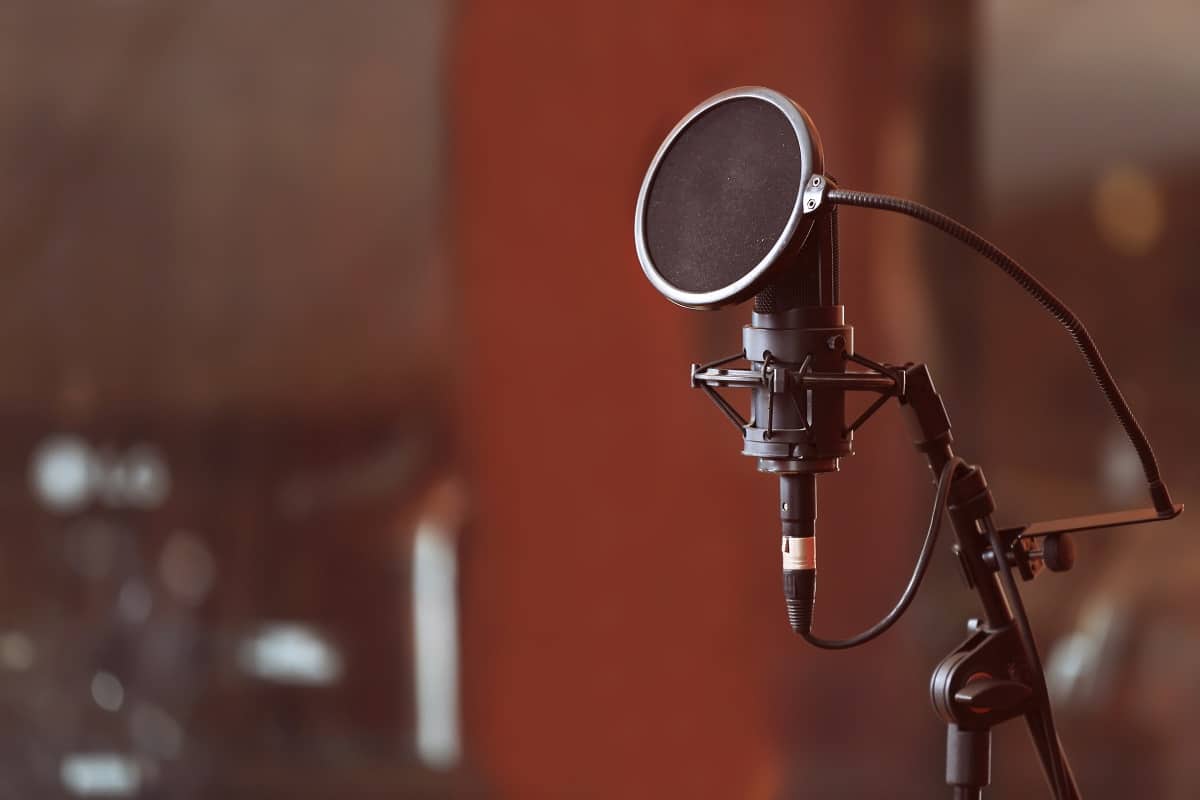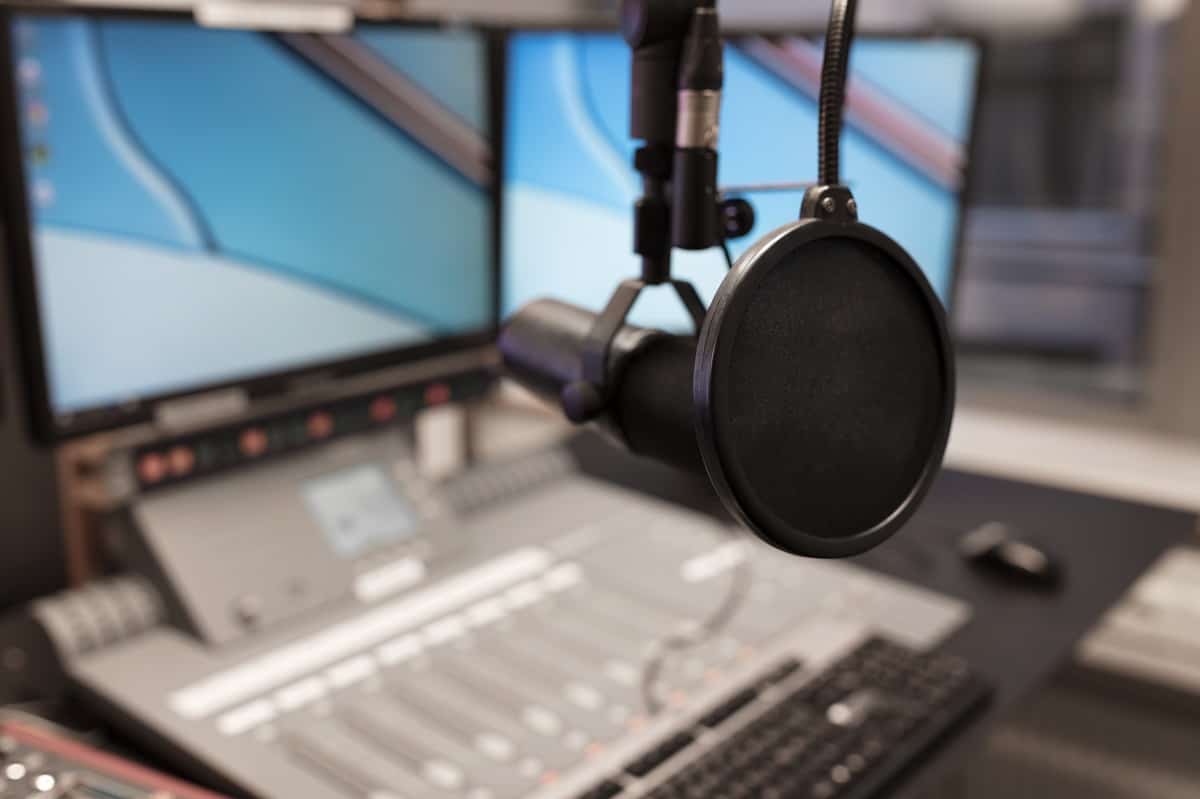Updated on April 3rd, 2022
Condenser mics were first developed in 1916 by Western Electric as a method for providing a strong-enough signal to make transcontinental phone calls possible. Since then, the sensitivity and delicacy of the recordings have made them one of the top pieces of kit for many studios, home recording artists, and even laboratories.
Because of the way that they are designed, condenser mics require a power source to function, unlike passive devices like dynamic mics. These days, the vast majority of them require what is called phantom power to work, although some models can also be powered either by battery or by a USB connection.
What is Phantom Power?
The term phantom power is a throwback to the development process that condenser mics have gone through since they were first invented. Because their operation is based on the principles of capacitance, and because the circuit that the microphones form has high impedance, they require an electrical power source to make their active electronics work.
In the early days of condenser mics, this meant that each individual microphone had to have its own power supply unit. These power boxes were roughly the size of a brick, and each mic had to have one connected by its own multi-pin cable, which understandably made using larger numbers of them in a recording studio a cumbersome and potentially awkward affair.
That’s where the word ‘phantom’ comes in. It refers to the fact that it provides a source of electrical power that can’t be seen, as the electricity is transferred via the same cable that is used to transmit the signal from the microphone to the mixing deck. While it had been in use in telephones since the invention of the rotary dial phone in 1919, it took 40-odd more years for it to be applied to condenser mics.
How to Set Up Condenser Mic with Phantom Power
While not entirely ubiquitous, the vast majority of modern mixing decks come with an option to provide phantom power via their three-pin audio cables. You just need to plug the cable into your mic, and then to look for a switch or button labeled ‘P48’ (in reference to 48 volts of phantom power) and make sure it is switched on.
One thing to keep in mind is that you should be very careful to not connect your microphone to your mixing deck when the phantom power is already activated, and also to switch the power off again before disconnecting the mic. If you connect or disconnect your equipment while phantom power is still being provided, this will cause a loud popping sound which can damage the sensitive components that make condenser mics so good at picking up a greater dynamic range of audio.
What to do if Your Mixing Board Doesn’t Have Phantom Power
You have a few options available to you if you’ve already got a board that you don’t want to replace that doesn’t provide the phantom power necessary to operate your condenser microphone. First, you could purchase a condenser mic that has its own internal power source, i.e. batteries, though these are relatively rare. Some designs actually require their own dedicated external power supply, which you should be able to determine when buying them.
Finally, you could add a microphone preamp that is equipped with phantom power into the mix. These often have the added bonus of higher quality input and gain stages than are found in many mixing decks and can provide you with more versatility and better sound.
What About Dynamic Mics?
Because they are a passive design, dynamic microphones don’t require any sort of external power source in order to function. That means that you don’t need to have phantom power enabled to make them work with your deck.
In fact, there are a few downsides that you might encounter if you do switch on the phantom power button. The least worrying is that the mic might pick up a buzzing sound from the electrical current flowing through the cable. More concerning is that if there is an imbalance in the voltage being provided by the phantom power, this can actually damage or destroy your microphone. This is most prevalent in older ribbon mics, which are especially sensitive due to the construction of their ribbons.
Conclusion
In a majority of cases, if you’re planning on using a condenser mic, you’ll need to make sure that your mixing deck is equipped to provide phantom power. Just be sure that it’s off when you both connect and disconnect your mic so that you don’t damage it, and that you turn it off when you connect dynamic mics to the deck, for similar reasons.
See related topic:
Best Large Diaphragm Condenser Microphone of 2021
Best Toaster in the U.S. That Are Worth Buying 2021 Acekool Toaster TA1
We hope you love our reviews! For your information, we do earn money from commission in the link in the content! For more information click here!















